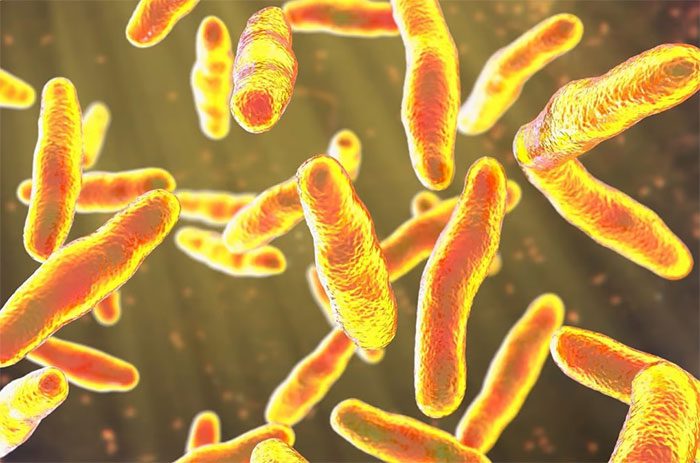Chinese scientists have announced the development of a smart bandage that can autonomously detect and treat various bacterial infections.
According to an article published in the medical journal ACS Nano this month, the research team from Northeastern University (NEU) in China revealed that the smart bandage “trial treatment” can be used anywhere, at any time, employing a simple color code.

The NEU research team stated that the smart bandage can detect and identify bacterial skin infections while providing appropriate treatment methods. (Illustrative photo: Shutterstock).
Skin infections are among the most common infectious diseases, and the wound healing process can be slow and painful, particularly for diabetic patients.
The research team, led by Professors Song Yan-yan and Ding Chen from NEU, has developed a two-layer hydrogel bandage. In the event of an infected wound, the green layer of the bandage will change to yellow within three hours.
If the bandage remains yellow, this indicates an infection from drug-sensitive (DS) bacteria, and the researchers will treat the wound by placing another layer of hydrogel over the initial bandage to release an antibiotic.
In the case that the bandage changes to red, this signifies the presence of superbugs – drug-resistant (DR) bacteria, which poses a growing challenge in the fight against infectious diseases. To manage such wounds, practitioners can add a hydrogel layer that produces a superoxide compound activated by movement or massage to prevent antibiotic-resistant infections. This compound will attack the DNA, proteins, and lipids of the bacteria, causing their cells to die and thereby effectively controlling the wound.
The bandage operates on the principle that any bacterial growth will create an acidic environment at the infection site, reacting with the first hydrogel layer to change color. The pad will further turn red if additional enzymes commonly found in DR bacteria are detected.
“The hydrogel can detect both DS and DR bacteria within three hours. The color change is observable even at low concentrations for both DS and DR bacteria,” Professor Song explained, adding that higher concentrations of bacteria will produce a darker red.
Professor Song emphasized: “The multifunctional design of this new bandage effectively reduces antibiotic misuse and accelerates wound healing, offering an innovative and promising strategy for on-site diagnosis and treatment. This tool has high potential for wound dressing at low costs and is easy to operate for rapid detection and smart treatment, requiring no additional auxiliary equipment and being convenient for home use.”


















































